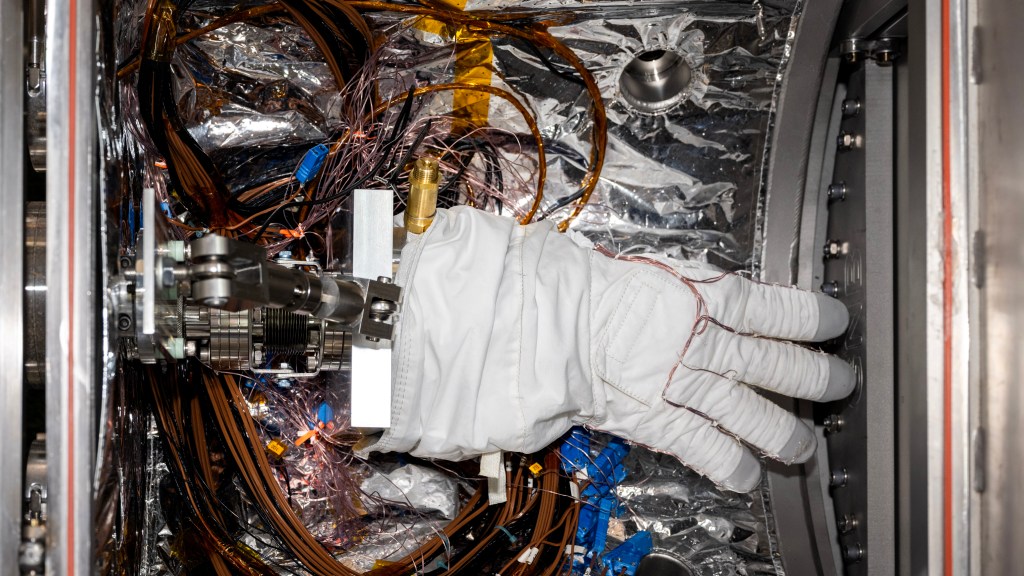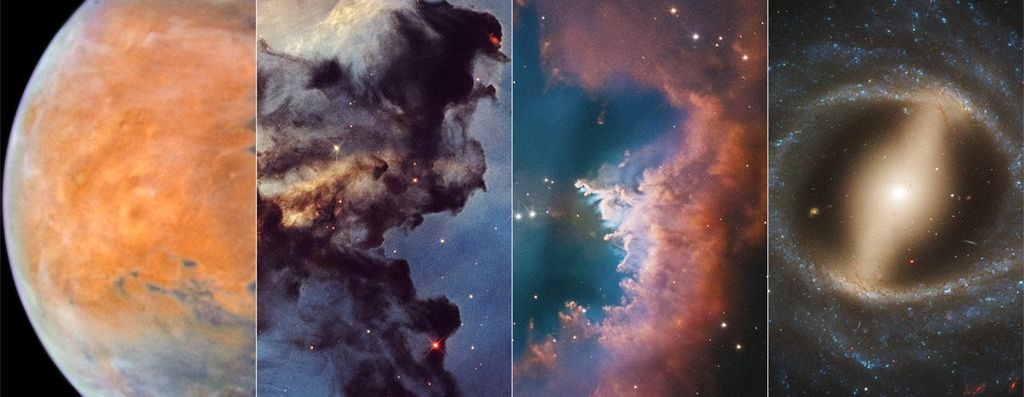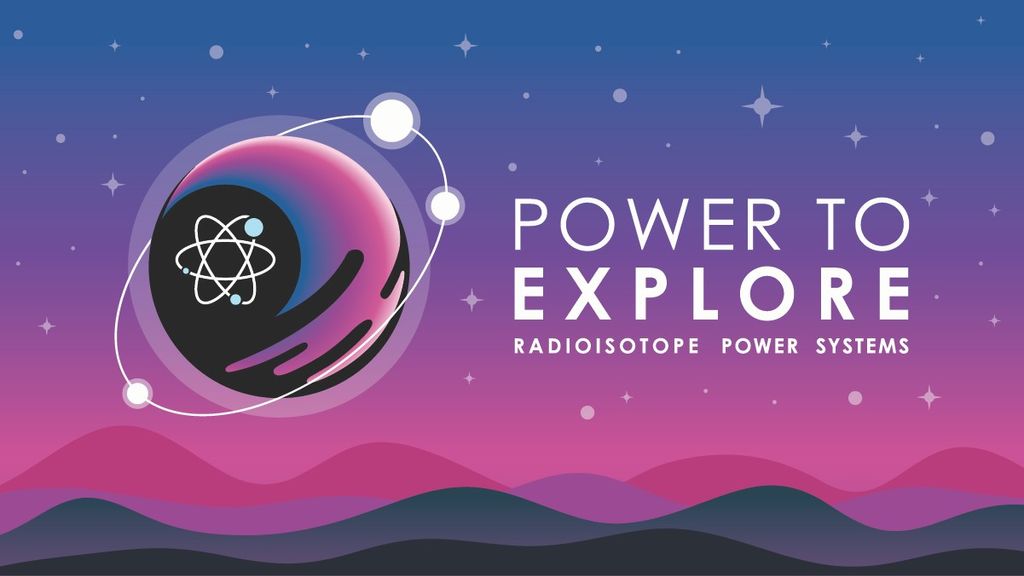Mitchell L. R. Walker
Georgia Institute of Technology
Vision: The vision of the Joint AdvaNced PropUlsion InStitute (JANUS) is to enable and proliferate the flight of high-power electric propulsion (EP) systems. Successful completion of the proposed studies will establish physics-based limits, mitigation techniques, and extrapolation procedures to provide a probabilistic assessment of the in-space performance and lifetime of high-power (~100 kW) EP devices. The assessment will come from measurements made in ground-based test facilities combined with predictive engineering models. To realize this vision requires a significant advance in our understanding of the limitations of test facilities, physics-based numerical models, mitigation technique efficacy, and in-space operation of EP devices.
To perform the required research, JANUS has mobilized a comprehensive team of world-class researchers who are subject-matter experts in the relevant research areas. The home institutions of the principal participants are Georgia Tech (Walker, Saeedifard), U. of Michigan (Jorns, Foster, Gallimore, Gorodetsky), U. of California, Los Angeles (Wirz, Marian), U. of Illinois (Rovey, Levin, Chew), Colorado State U. (Williams, Yalin), Penn State U. (Cusson), U. of Colorado (Boyd), Stanford U. (Hara), and Western Michigan (Lemmer).
Background: The solicitation states that state-of-the-art approaches to correlate ground-test results to in-flight performance and wear are insufficient for the operation of high-power EP devices (> 100 kW). This stems from ground-based EP test facilities interacting with thruster operation. The resultant ground-based thruster operation does not represent in-space performance or lifetime. These facility effects include elevated pressure from residual, inadequately pumped gas in the test facility, contaminants from the facility interacting with the thruster, and uncertain electrical paths through the thruster plume and the test facility walls. Over the past 40 years, facilities, test methodologies, and numerical models have been established for EP devices approaching 20 kW. For low-power Hall effect thrusters (HETs) and gridded ion thrusters (GITs), we have a high degree of confidence in ground tests largely due to flight experience. However, the existing test facility infrastructure and tools are not directly extensible to high-power devices (~100 kW). High-power EP technology cannot be realized without first improving our testing and modeling capabilities. There are gaps in the understanding of these facility effects that will require the combined expertise of the JANUS team to identify and model.
To improve our testing and modeling capabilities for high-power EP, we must address knowledge gaps in four categories. (1) Thruster performance is perturbed by facility pressure effects. The elevated facility background pressure and the resultant increase in neutrals lead to increases in gas ingestion by the thruster, charge-exchange ions production, and plume divergence that collectively reduce confidence in the prediction of performance in space. Absolute standards for a sufficiently low background pressure to ensure ground tests reliably correlate to in-space performance do not exist. (2) Thruster lifetime is masked by facility contamination. The high-energy particle flux to the facility walls increases rates of backsputtering. Test facilities are lined with graphite to minimize this effect, but experiments still show deposition, layering, flaking, and spalling of films deposited on thruster and facility surfaces. The net effect of contaminant coating of the thruster is reduced confidence in predictions of thruster lifetime. (3) The large volume of dense, conductive plasma expelled from the thruster electrically couples it to the test facility. The effects of this interaction include low resistance paths between thruster surfaces and the test facility, modified electron mobility, and facility-enhanced beam neutralization. These processes only occur in the ground-test facility, thus reducing confidence in predictions of stability and performance. (4) Only disparate, limited spatial and temporal models exist for EP devices, plumes, and sputtering. The models must be integrated and furthermore must include the impact of uncertainty in experiment and model fidelity as well as be rigorously verified and validated.
Research Objectives: Several key capabilities must be achieved to close the four gaps and realize our vision. The research objectives that align with these capabilities are to: (1) define new standards and requirements for when the test environment is sufficiently “space-like” for high-power EP testing; (2) develop procedures and techniques for facility design, upgrades, and thruster operation to meet testing requirements; (3) demonstrate tools and methodologies based on physics-based models to make probabilistic assessments of in-space performance and lifetime from measurements made in non-optimal test facilities; and (4) educate and train the next generation of engineers and scientists to implement high-power EP.
Research Plan: JANUS will address the challenge of predicting the performance and life of high-power EP devices in-space through a fully integrated research program with four interdependent research pillars: (1) Thruster Testing, (2) Facility Fidelity, (3) Diagnostics and Fundamental Studies, and (4) Physics-based Modeling and Integration. The effort will focus on HETs and GITs operating on xenon and krypton gases. The extension of the modeling, mitigation techniques, and standards to high-power testing will require the combined efforts of all four pillars.
To ensure efficient integration of these efforts and achieve practical results in the five-year timeline, JANUS will use uncertainty quantification (UQ) and sensitivity of the overall thruster performance and life models to drive and accelerate the modeling and experimental inquiries. Unexplained physics and unknown properties will be treated as sources of uncertainty in the performance and life models that impact confidence in the predictions. Thus, the UQ and sensitivity analyses will accelerate the research by focusing the efforts of the team on processes that require higher-fidelity simulations and more in-depth targeted experimental investigations to update models and reduce the uncertainties in predictions. We leverage this insight to develop mitigation strategies to compensate for these effects via modeling and experiments. Systematic evaluation of these mitigation strategies will lead to new standardized tools, techniques, and ground-testing methodologies to achieve the ultimate goal of extending the results of high-power ground tests to in-space operation. This innovative research integration plan will produce research efforts, tools, and databases that represent a huge return on investment and were not conceived in the past because of insular, disjointed investigations.
Impact: This effort will deliver several new tools, strategies, and guidelines for evaluating existing infrastructure and designing new infrastructure for testing high-power EP. These include validated models for the response of HETs and GITs to the facility, new physics-based standards for testing and modeling that encapsulate best practices for mitigating and/or compensating for facility effects, and new standardized diagnostic techniques for characterizing the effects of the facility on thruster operation. We will collaborate with government and industry partners to incorporate our advancements into present and future research and development processes. Furthermore, JANUS will employ and graduate many university graduate students. Our work will transform them into engineers and scientists with the skills needed to enable the development of high-power EP technology. Just as the Roman god Janus stood at the intersection of new beginnings, so will this Institute represent a crucial gateway for the transition of the next generation of propulsion technologies for space exploration from the laboratory to space.





























